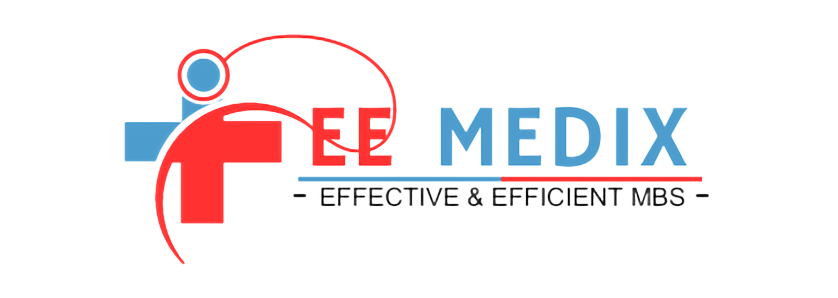In the intricate landscape of healthcare finance, understanding the costs associated with Revenue Cycle Management (RCM) is paramount for medical institutions striving for financial excellence. Let’s delve into the intricacies of RCM costs, shedding light on its significance and breaking down the essential components.
The Price Tag on Efficient RCM
What is the cost of collecting RCM?
The journey of revenue cycle management involves a symphony of processes designed to manage the financial aspects of healthcare services. The cost to collect RCM is a multifaceted consideration, encompassing various elements. Among these, investing in state-of-the-art RCM software emerges as a pivotal decision. This technology streamlines processes, mitigates errors, and expedites revenue collection. Additionally, the expenditure on skilled personnel and comprehensive training. Ensures a proficient workforce capable of navigating the complexities inherent in medical billing.
Navigating Healthcare Costs in the RCM Spectrum
What is the cost to collect in healthcare?
Zooming out from the microcosm of RCM, the cost to collect in healthcare spans a broader spectrum, embracing the entirety of medical services. This holistic perspective requires healthcare institutions to judiciously allocate resources. Robust investments in advanced health information systems and meticulous compliance management tools become imperative to navigate the ever-evolving landscape of healthcare regulations. Success in revenue collection demands a strategic and comprehensive approach beyond the confines of basic RCM.
Decoding the Billing Company Landscape
What percentage do most medical billing companies charge?
In the intricate dance between healthcare providers and medical billing companies, understanding the pricing structures is akin to mastering the steps of a well-choreographed routine. Most medical billing companies charge a percentage of the total revenue collected, typically ranging from 4% to 9%. This variance is contingent upon the complexity of the services provided. Healthcare entities must approach this partnership with discernment. Weighing the costs against the benefits to ensure a harmonious and mutually beneficial collaboration.
Unveiling the Components of RCM
What is included in revenue cycle management?
A comprehensive RCM strategy involves a nuanced understanding of several key components, each playing a pivotal role in the symphony of financial success. Patient registration sets the stage, followed by insurance verification, charge capture, claims processing, payment posting, and denial management. The intricacy lies in weaving these elements together seamlessly, creating a resilient financial framework that minimizes revenue leakage and maximizes efficiency.
The Bottom Line
In conclusion, the cost of Revenue Cycle Management is an intricate equation influenced by technological investments. Skilled personnel, and strategic partnerships with medical billing companies. To ensure financial sustainability in the dynamic healthcare landscape, institutions must embrace a holistic approach, understanding that the cost to collect extends beyond the narrow confines of RCM. By investing wisely and staying abreast of industry best practices. Health providers can navigate the intricate web of financial management, ensuring a robust revenue cycle that stands the test of time.

